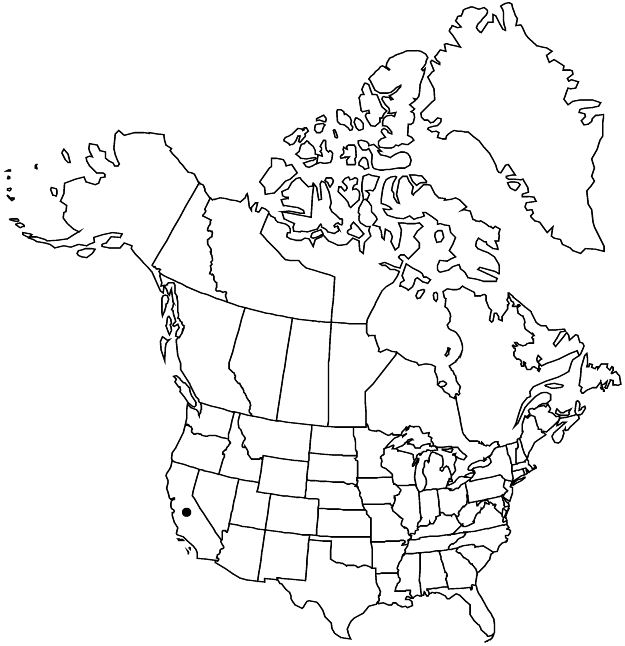Potentilla pseudosericea
Monogr. N. Amer. Potentilleae, 98, plate 36, figs. 1–5. 1898.
Caudex branches sometimes sheathed with marcescent whole leaves. Stems decumbent to ascending, (0.2–)0.5–1.5(–2.2) dm. Basal leaves usually palmate, rarely also ternate on same plant or subpalmate, (1–)2–6(–8) cm; petiole (0.5–)1–2.5 cm, long hairs abundant to dense, ± appressed, 0.5–1.2 mm, stiff, verrucose, crisped hairs common, cottony hairs absent, glands sparse to abundant but usually obscured; leaflets (3–)5–7, proximalmost separated by 0–2 mm, central ± obovate, (0.5–)1–1.5(–2) × (0.3–)0.5–0.8(–1) cm, petiolules 0–1 mm, distal 3/4 to nearly whole margin incised 3/4+ to midvein, teeth 2–4(–5) per side, (2–)3–6(–10) mm, apical tufts 0.5 mm, abaxial surfaces white, long hairs common to abundant, cottony-crisped hairs dense, short hairs and glands absent or obscured, adaxial grayish green, long hairs abundant, 0.5–1.5 mm, ± stiff, short-crisped (rarely ± cottony) hairs sparse to common, glands absent or sparse. Cauline leaves 1–3. Inflorescences (1–)3–10(–20)-flowered, congested or ± elongating in fruit, branch angle 5–30°. Pedicels 0.2–0.7 cm, proximal to 1.3 cm. Flowers: epicalyx bractlets narrowly elliptic, (1–)1.5–2.5(–3) × 0.5–1 mm; hypanthium 3–4 mm diam.; sepals 2–4(–5) mm, apex obtuse to bluntly acute, glands sparse, obscured; petals pale yellow, not overlapping, 2–4 × 2–3 mm, ± equal to sepals (slightly longer than in Inyo County); filaments 1–1.5 mm, anthers 0.3–0.5 mm; carpels 30–50, styles 1–1.2 mm. Achenes 1–1.4 mm.
Phenology: Flowering summer.
Habitat: Alpine fellfields, moist gravel, talus, on dolomite and quartzite
Elevation: 3200–3600 m
Discussion
Potentilla pseudosericea is currently confirmed only from the central Sierra Nevada and Sweetwater and White mountains of California (B. Ertter 2008). The species is similar to P. modesta but has a more tightly strigose, silvery vestiture and more numerous and deeply incised leaflets.
Selected References
None.
